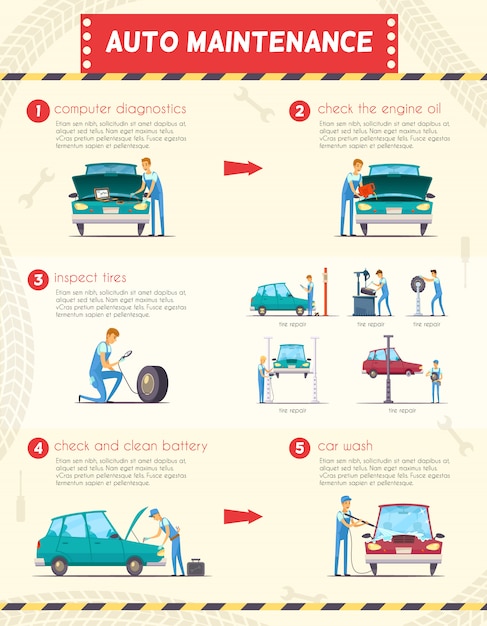Discover Exactly How To Translate Vehicle Warning Lights And Take On Potential Problems With Self-Confidence
Discover Exactly How To Translate Vehicle Warning Lights And Take On Potential Problems With Self-Confidence
Blog Article
Web Content Created By-Gunter Emery
When you're behind the wheel, those little caution lights on your automobile's control panel can be quite bewildering. What do they imply, and should you be worried? Comprehending these signals is important for your vehicle's health, but it does not need to be an overwhelming job. By translating the enigma behind each light, you'll be geared up to handle prospective issues successfully and maintain your vehicle running smoothly. So, following time a warning light flashes, do not panic - arm on your own with knowledge and take control of the circumstance.
Importance of Automobile Warning Lights
Comprehending the value of your automobile's caution lights is critical for preserving your vehicle's health and safety. These lights work as your car's interaction system, informing you to potential problems that can threaten your safety and security on the road or lead to pricey fixings if ignored. By focusing on these warnings, you can attend to issues early and prevent additional damages to your car.
Overlooking cautioning lights can result in major repercussions, such as engine failing, brake malfunctions, or even accidents. These lights are developed to notify you of problems varying from low tire stress to engine breakdowns, providing you the opportunity to act prior to the circumstance worsens. Regularly checking and comprehending these warnings can conserve you time, cash, and guarantee your safety while driving.
In addition to maintaining you risk-free, reacting without delay to alerting lights can also aid lengthen the life expectancy of your auto. By resolving problems early, you can avoid tiny troubles from intensifying right into major fixings, inevitably saving you money and time in the long run. Remember, your car's caution lights are there for a reason - don't overlook them!
Common Warning Lights and Meanings
When it comes to driving your vehicle, recognizing common warning lights and their significances is necessary for your safety and security and car maintenance. Below are a couple of common caution lights you might come across:
1. ** Check Engine Light **: This light indicates a concern with your engine. https://instantoilchange72949.bleepblogs.com/29791514/prepare-yourself-to-find-the-important-actions-for-preserving-your-tires-and-guaranteeing-your-safety-on-the-road could be something small like a loose gas cap or something much more serious like engine misfiring.
2. ** Battery Light **: This light signals an issue with your automobile's charging system. It can show a defective battery, generator, or various other associated components.
3. ** Oil Stress Light **: When this light comes on, it means your engine may be running low on oil or experiencing reduced oil stress, which can bring about engine damages otherwise addressed promptly.
4. ** Brake System Light **: This light shows an issue with your braking system. https://www.abc12.com/news/local/fire-destroys-auto-repair-shop-south-of-swartz-creek/article_df10d2cc-6757-11ec-b152-270ba855b8dd.html can suggest low brake fluid degrees or an issue with the brake system that requires prompt interest.
Comprehending these usual warning lights will help you determine prospective issues at an early stage and prevent more substantial problems in the future.
How to React To Warning Lighting
On the occasion that a warning light brightens on your automobile's control panel, it's vital to respond immediately and suitably. When a caution light comes on, the very first step is to consult your owner's manual to comprehend the details concern suggested by the light.
Some lights need immediate attention, while others may show a less immediate matter. If the warning light is red or flashing, it's generally a sign of a major issue that requires instant activity. In such cases, it's a good idea to pull over safely, switch off the engine, and seek specialist aid.
For yellow or orange caution lights, while they may not need immediate attention, it's still vital to resolve the hidden issue quickly to avoid more damage. Regular maintenance and inspection can aid stop warning lights from beginning unexpectedly.
Verdict
Finally, comprehending your auto's caution lights is critical for maintaining your car's health and safety. By on a regular basis examining and reacting to these warnings, you can resolve potential problems early and protect against pricey repair work or security dangers. Remember to consult your owner's handbook for information on various caution lights and constantly take instant activity for red or flashing lights. Stay aggressive and keep your auto running smoothly!
